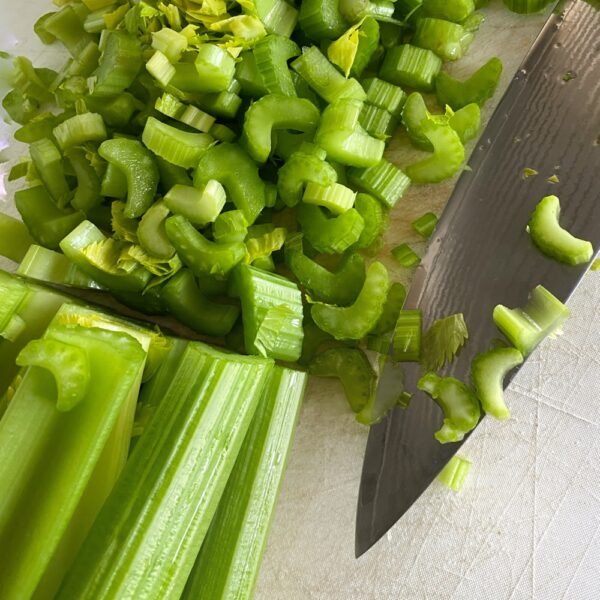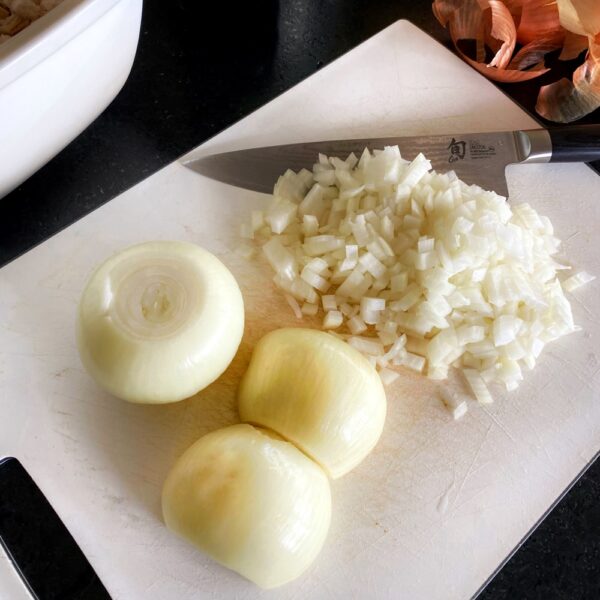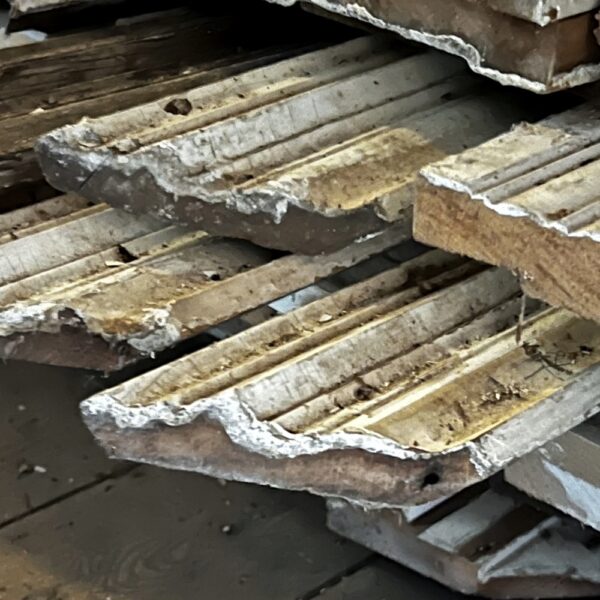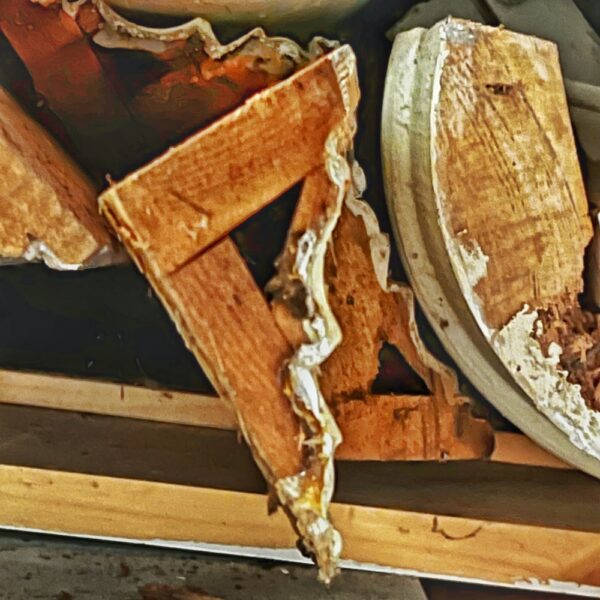
Last night, I enjoyed Christmas dinner, the sequel. No, not the movie. The leftovers. Leftover turkey, mashed potatoes, gravy, green beans, roasted, butternut squash, all smothered under her blanket of gravy. And for dessert, pumpkin pie, and pecan pie.
And, as you may have predicted, it was delicious. Perhaps even more delicious than the first go round. Have you ever noticed that some meals just taste better the second time around? Hold that thought…
And note that I didn’t mention leftover turkey dressing / stuffing. There’s still plenty of that, but I’m one-and-done with stuffing. I enjoy making it, but after an initial scoop (and a small scoop at that) on Thanksgiving and Christmas, I’m on the the tastier dishes. It’s too filling. Too heavy. Too, well, just less appealing to me, even when drowning in gravy.

Leftovers
This post is brought to you by leftovers. Yes, the ones crammed into your refrigerator right now. But not just those. Let’s expand our thinking beyond food. I imagine you have all sorts of remainders and vestigial scraps tucked into the nooks and crannies of your home. Junk drawers, closets, garage,… I’m thinking about all of those items (I’ll stick with “items” for now, but fair warning that I’ll soon ask you to consider them “ingredients”) that you could have thrown away but didn’t because you suspected that you’d be able to use them again in the future.
You with me?
Don’t worry, I’m not going to show you photographs of the two ingredients above as they after becoming turning dressing, after being served on Christmas, after getting scooped into a glass container, and after spending some time in the refrigerator. Sure, the turkey dressing is still edible, but it’s decidedly less photogenic at this stage.
But last night while feasting on our Christmas dinner sequel I got to wondering why the leftovers tasted better during their debut. It’s different than stew and soup and even some pasta dishes, all of which seem to hit their stride only after they’ve had some time to rest a while. And maybe it has something to do with the fact that my first experience with this meal followed a morning-until-late-afternoon cooking frenzy. Whereas last night I simply sat down and devoured the goodness.

Ingredients
This post is *also* brought to you by ingredients. Yes, like the fresh celery and onions above, we joyfully imagine crisp, colorful ingredients bursting with flavor. But poking through the fridge, pushing aside containered leftovers, wondering what in the world to eat, we get a different feeling. Less joyful. More resigned. But sometimes, last night’s dinner for example, we are surprised when we embrace the sequel.
Sometimes we get creative and reimagine the leftovers, decide to experiment with different combinations, different preparations. We cease to think of the leftovers as unfinished extras from the first meal, and we repurpose them as the ingredients for a brand new creation. Remember corn cakes and turkey gravy? Sometimes it works, and sometimes it doesn’t.
While overeating Christmas dinner for the second time it struck me how similar edible leftovers and building materials can be. Think of surplus lumber and architectural salvage. They get pushed to the back of the proverbial fridge (in our case, usually one of the outbuildings) in the hopes of one day becoming the ingredients for something relevant and exciting and new.

Leftovers as Ingredients
You see where I’m going with this?
I’ve repeatedly mentioned that the icehouse rehabilitation is an adaptive reuse project. Transform an obsolete utility building into a useful, relevant multi-use space that adds value to our life at Rosslyn. And, in addition to repurposing this handsome historic building, we have endeavored to repurpose as many surplus building materials and architectural salvage artifacts as reasonable (i.e. functionally and aesthetically viable) in the design and rehabilitation process.
I’ve talked about the repurposed columns and the loft flooring experiment, and I recently celebrated the upcycled coatrack and the antique ice hook (which will be displayed prominently as decor once rehab is complete). I’ve post a couple of updates on our “research” into upcycling garapa decking and re-milling our homegrown lumber into flooring (and other interior millwork). In the weeks and months ahead much of Hroth and Pam’s focus will shift indoors, and I’ll be relating additional opportunities that we’re exploring for repurposing our building leftovers as the raw ingredients for a brand new working and relaxing space that will fuse more than a century’s ingenuity and artifacts into an integrated, cohesive (and hopefully beautiful+charming) space.
As we journey through the icehouse rehabilitation, endeavoring to create relevance and value for leftovers while ensuring that the final result achieves these lofty aspirations of functional and aesthetic integration, cohesion, and attractiveness, brainstorming and collaboration become more and more important. And more and more enjoyable! With such a diverse cast of contributors, I’m hoping that we’ll cross pollinate and evolve ideas that none of us individually would have come up with. Co-creation is sure to conjure out-of-the-box ideas and original solutions that draw upon the diversity of experiences and passions and perspectives. So, please consider this an open invitation to share your suggestions!
What do you think?